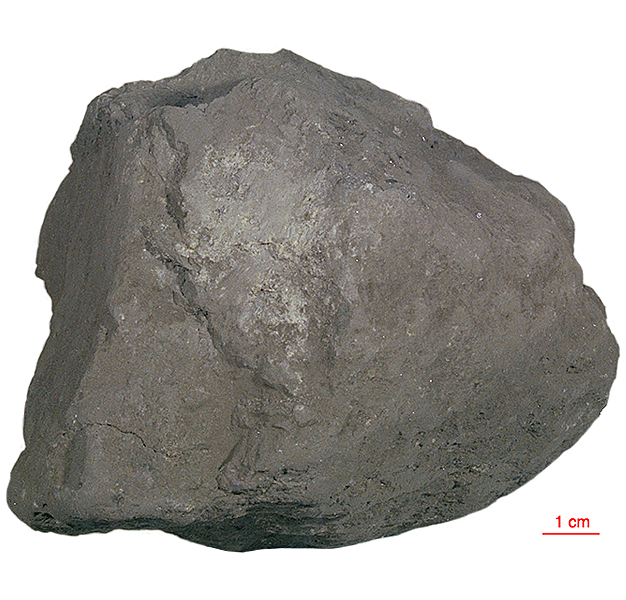
Fact sheet
15558 is a large regolith breccia made mostly of mare material. It is similar to 15505 from same location, but has more fine grained material. Rotation 1 shows a perfectly spherical mustard yellow glass bead and fragments of olivine in a dark glassy groundmass. Rotation 2 shows a brown partially devitrified glass bead containing well-formed crystals of olivine in a groundmass rich in mineral clasts.
The sample weighed 1333 grams before analysis and has been dated at 3.xx±0.08 billion years (Ar/Ar).
Further details of this and other Apollo samples are here: http://curator.jsc.nasa.gov/lunar/
The Apollo 15 landing site was in the Apennine Highlands, and close to Hadley Rille — a long, narrow winding valley. Approximately 76 kg of lunar material, including soil, rock, core-tube and deep-core samples, were returned to Earth.
This mission was the first flight of the Lunar Roving Vehicle which allowed the astronauts to venture further from the Lunar Module than in previous missions. During three periods of extravehicular activity, or EVA, on July 31st, and August 1st and 2nd, Scott and Irwin completed a record 18 hours, 37 minutes of exploration, travelling 17.5 miles, in the first car that humans had ever driven on the Moon.
Apollo 15 was launched on 26 July 1971.






